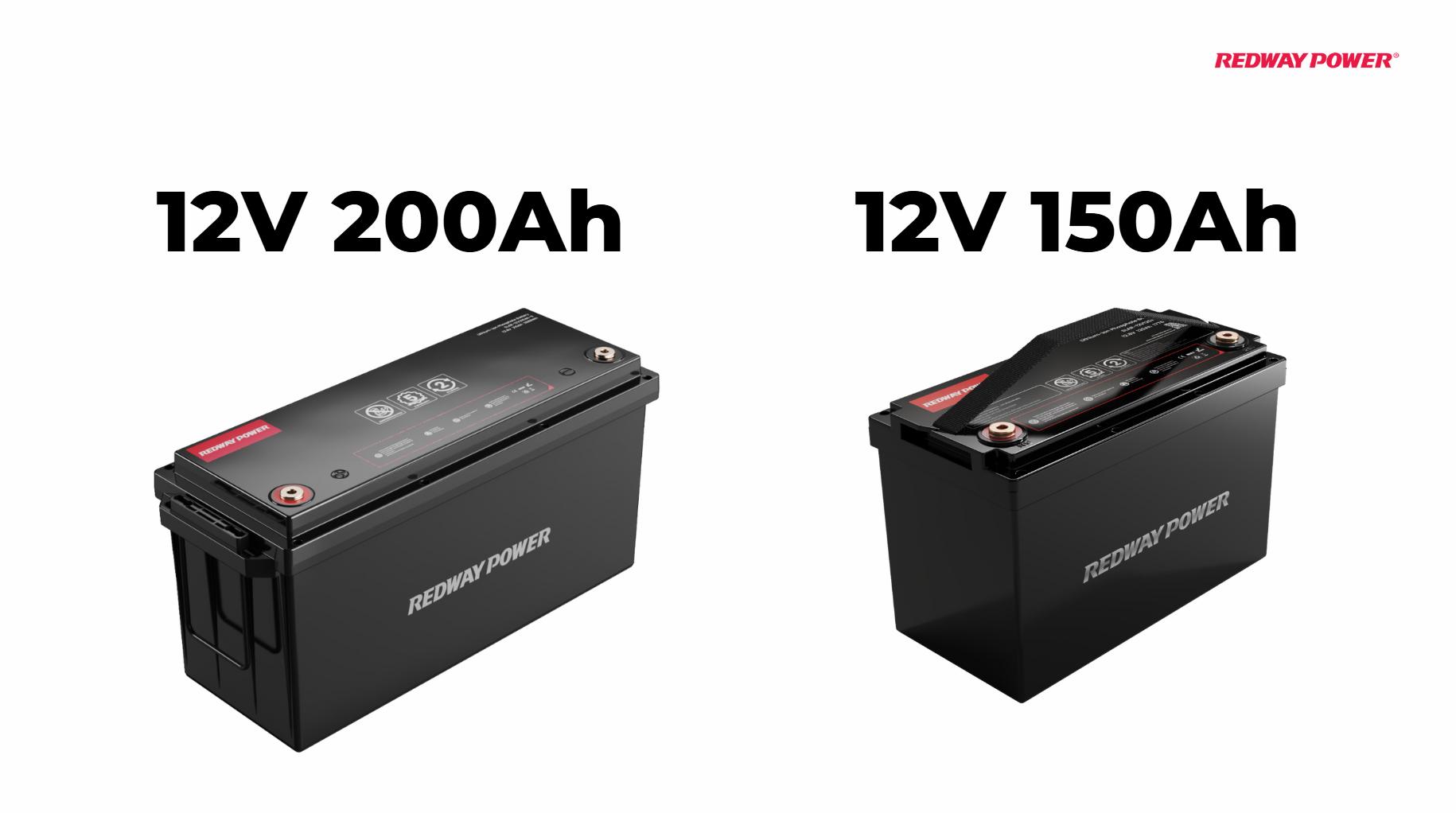Does a Server Rack Need Cooling?
Yes, a server rack requires cooling to maintain optimal operating temperatures for the equipment housed within. Proper cooling prevents overheating, which can lead to hardware failures and reduced performance. Effective cooling solutions include air conditioning, ventilation systems, and specialized cooling units designed for server environments.
Importance of Cooling in Server Racks
Cooling is critical for maintaining the longevity and performance of servers in a rack. As servers generate heat during operation, inadequate cooling can result in serious issues. Below, we explore the necessity of cooling systems in server racks and the various methods available.
1. Heat Generation in Server Racks
Servers produce significant amounts of heat due to their high processing power. The heat generated can vary based on the number of servers, their configuration, and their workload.
| Equipment Type | Average Heat Output (BTU/hr) |
|---|---|
| Standard Server | 600-800 |
| High-Performance Server | 1000-1500 |
| Network Switch | 100-300 |
2. Risks of Overheating
Overheating can lead to several risks, including:
- Hardware Failure: Excessive heat can damage sensitive components.
- Reduced Performance: Thermal throttling may occur, slowing down processing speeds.
- Increased Downtime: Equipment failures can lead to costly outages.
3. Cooling Methods for Server Racks
There are several effective cooling methods that can be employed in server racks:
- Air Conditioning
- Traditional air conditioning systems can effectively cool server rooms, maintaining a stable temperature.
- In-Rack Cooling Solutions
- Dedicated cooling units installed within or adjacent to the rack can provide targeted cooling.
- Ventilation Systems
- Proper airflow management through vents and fans helps dissipate heat efficiently.
- Liquid Cooling
- Advanced systems use liquid cooling solutions that are more efficient than air cooling, especially for high-density setups.
Latest News
- Recent advancements in cooling technologies have led to the development of more energy-efficient systems that reduce operational costs for data centers.
- The increasing density of server racks is driving demand for innovative cooling solutions that can handle higher heat loads.
- New regulations are being introduced that emphasize energy efficiency in data center operations, including cooling methods.
Redway Expert Comment
At Redway Battery, we understand that maintaining optimal temperatures in server racks is essential for performance and reliability. Our Lithium LiFePO4 batteries are designed to operate efficiently even in demanding environments. By ensuring proper cooling and power management, organizations can enhance their infrastructure’s resilience and longevity.”
Relation to Rack Battery Systems
The topic of cooling in server racks is closely related to rack battery systems. These systems often require adequate cooling solutions to ensure optimal performance during operation. Batteries generate heat during charging and discharging cycles, making effective thermal management crucial.For clients or importers looking for wholesale or OEM solutions in this category, we recommend our Redway Rack Battery System. This product features high-capacity lithium batteries designed specifically for efficient energy management while ensuring reliable power supply.
Top Competitors in Battery Solutions
Here are five notable alternatives or competitors that offer lithium battery options suitable for various applications:
| Brand Name | Type of Battery | Lithium Option Available |
|---|---|---|
| Redway Battery | Lithium LiFePO4 | Yes |
| APC | Back-UPS | Yes |
| CyberPower | CP1500AVRLCD | Yes |
| Tripp Lite | SMART1500LCDT | Yes |
| Eaton | 5S Series | Yes |
By understanding the importance of cooling in server racks, users can make informed decisions about their infrastructure needs while ensuring they choose compatible energy solutions like those offered by Redway Battery.

